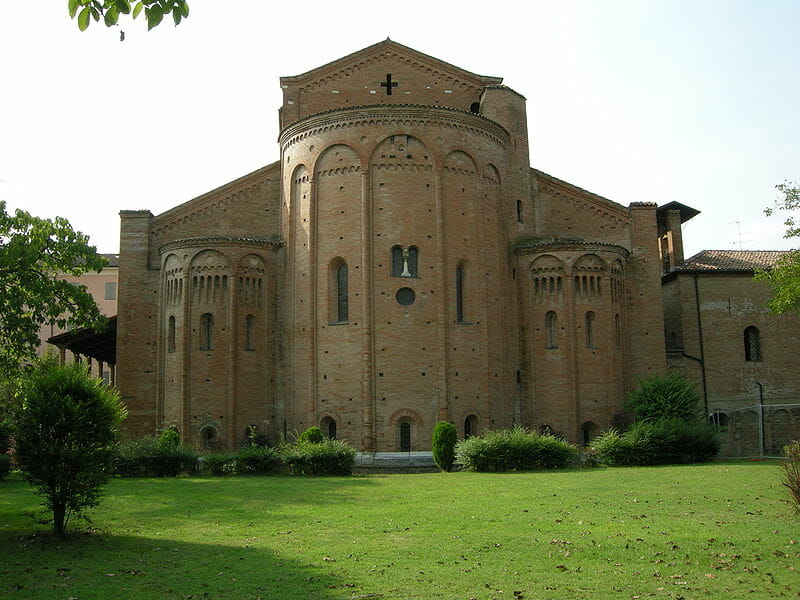If during your private tour of Italy you are looking for an interesting stop while traveling from Bologna to Milan, then consider a visit to the Abbey of Nonantola.

The name of this Abbey is tied to some important historical figures from the Middle Ages. There are unique and cleverly displayed works of art and documents, still to this day able to convey to visitors the importance of this monastery which played a central role in the history of early medieval Europe.

The abbey was founded in 752 by Abbot Anselm, Duke of Friuli, who received the lands of Nonantola as a gift. Over the centuries this place has hosted great emperors and political meetings and still preserves the remains of seven saints, also making it a place of pilgrimage.

The Abbey was not only a center of spirituality but also an important cultural and social center. For example, Nonantola established in 1058 one of the first agricultural cooperatives that still exists today.
The structure of the church is divided into three naves but the original structure has been remodeled several times over the centuries. The interior is solemn and austere in its simplicity, with massive pillars that converge from the entrance to the altar which houses the relics of St. Sylvester. Particularly fascinating is the large crypt supported by as many as 64 small columns.

The visit cannot exclude the Benedictine and Diocesan museum where works of art and unique historical documents have been ingeniously displayed. The heart of the museum is made up of the Treasury of the Abbey: a wealth of extraordinary works that were once used to adorn the basilica during sacred celebrations.

Also displayed in the museum are the beautiful medieval manuscripts produced by monks in the monastic scriptorium. One such manuscript contains the Gregorian melodies of the eleventh century. Finally, a section of the museum is dedicated to the scrolls of the abbey where you will find famous documents signed by emperors and popes such as Charlemagne and Frederick Barbarossa.
Photos by Sailko ( 1,2,3,5) & Gottesalco from Wikimedia Creative Commons

